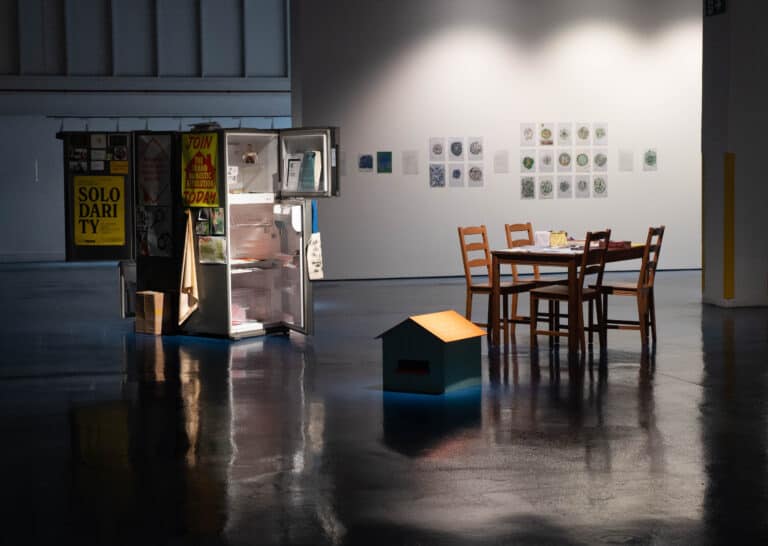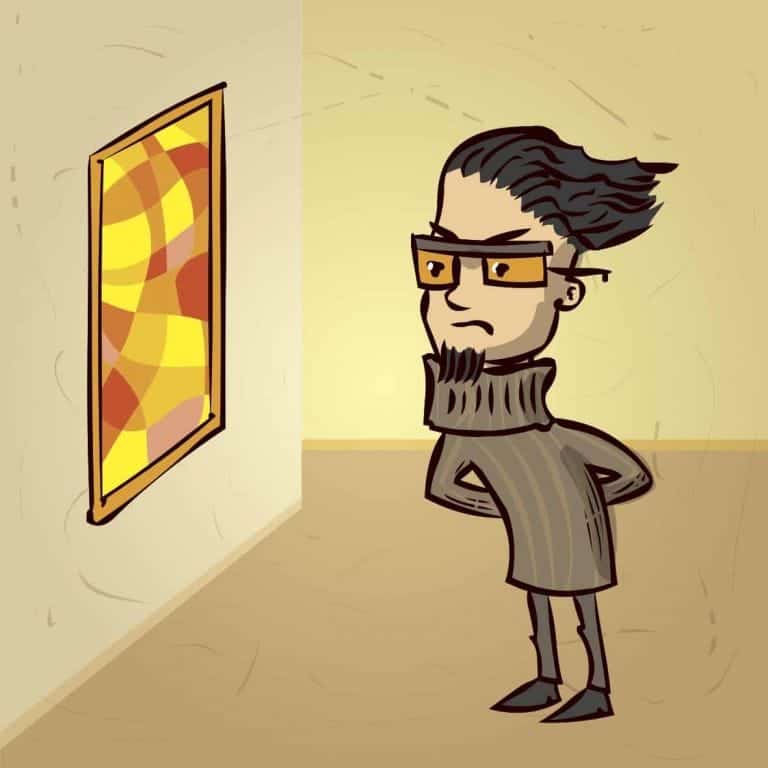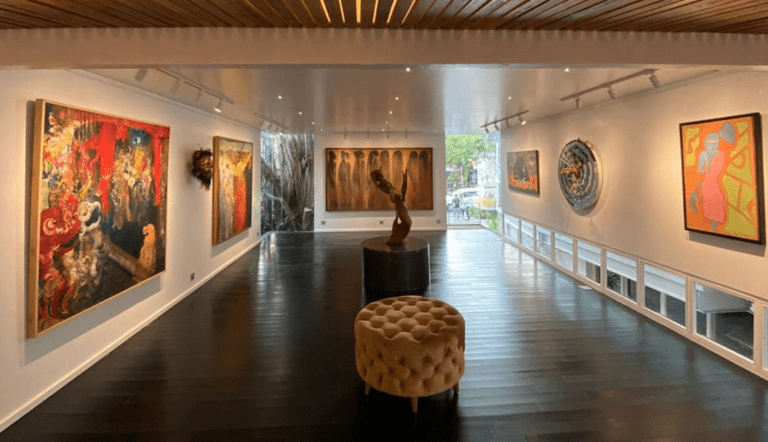The Orang Asli were the subject of Singapore artist Zai Kuning’s recently-concluded exhibition at The Substation’s latest and last Septfest. The term “Orang Asli” can be transliterated as “original peoples” or “first peoples” and refers to the indigenous peoples of Peninsular Malaysia and the Riau Archipelago. The show Projek Orang Asli, builds on 18 years of research by the artist on the subject of Austronesian and pre-Islamic arts and cultures in the Riau Archipelago, and recalls Zai’s own memories of the Orang Asli (Sakai people) who lived on a hill in Telok Blangah where artist’s own relatives resided when he was a child.
The Orang Asli at/of Amenian Street
Zai’s exhibition is so typically Substation that it creates a palpable ache in my chest. The room is fairly bare, with a minimal amount of wall text (some of it featuring minor grammatical mistakes). Tikar (or woven mats) created by Orang Asli weaver Mak Uda are prominently displayed in the gallery. Some mats are laid flat on the ground while others are rolled up. The flat-laid mats have tufts of hair and pomegranate seeds strewn all over them. We do not know why this has been done. Nothing in the visible materials explains it, and the gallery sitter does not seem to know why it’s all there.
It just is.
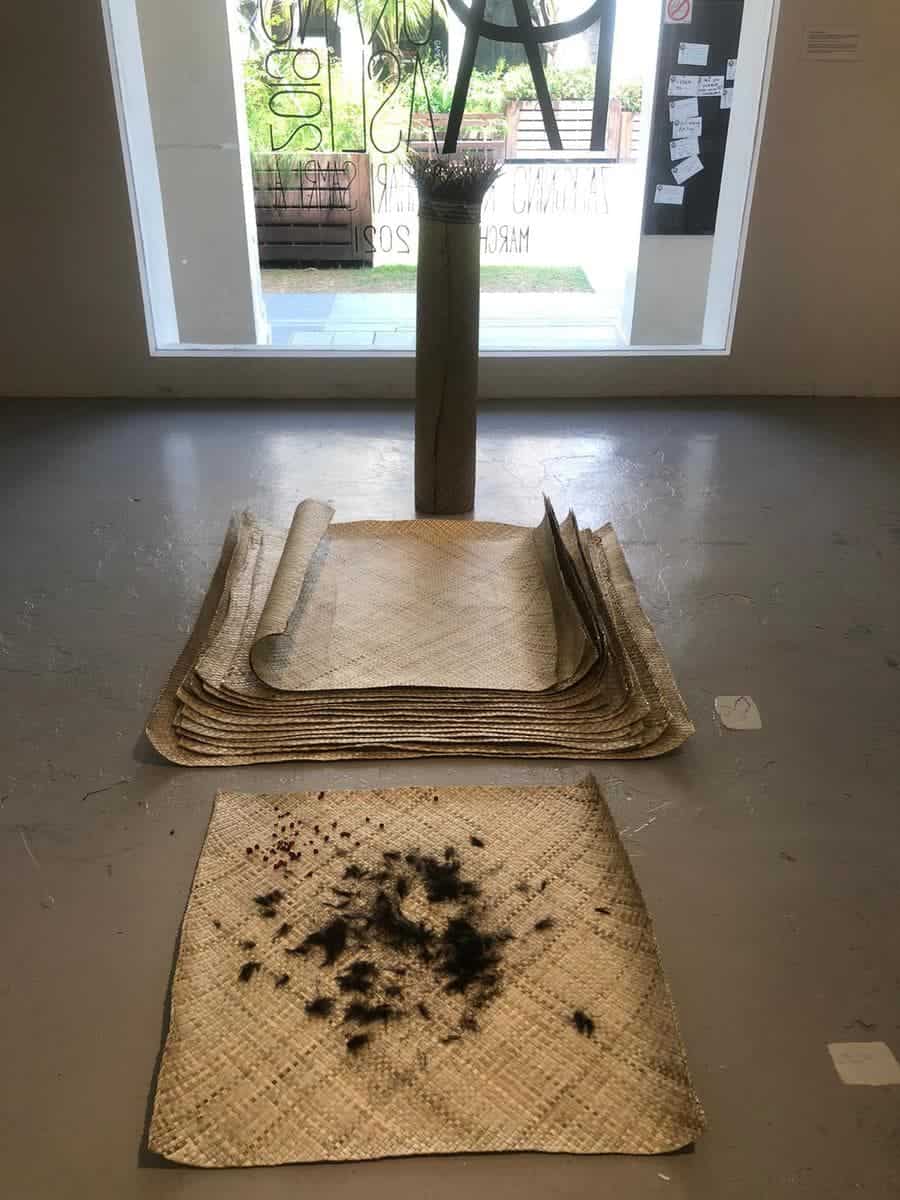
The tikar structure is placed right by the window of the exhibition gallery, one through which blinding sunshine spills, framed by the new-but-old-but-new ‘Botanic Gardens’ just outside. The foliage on the paved street in front of The Substation is wild, but carefully contained in planter boxes. It feels completely different from the mess on the handcrafted tikar inside, this profusion of (probably) rotting seeds, hair and god knows what else.
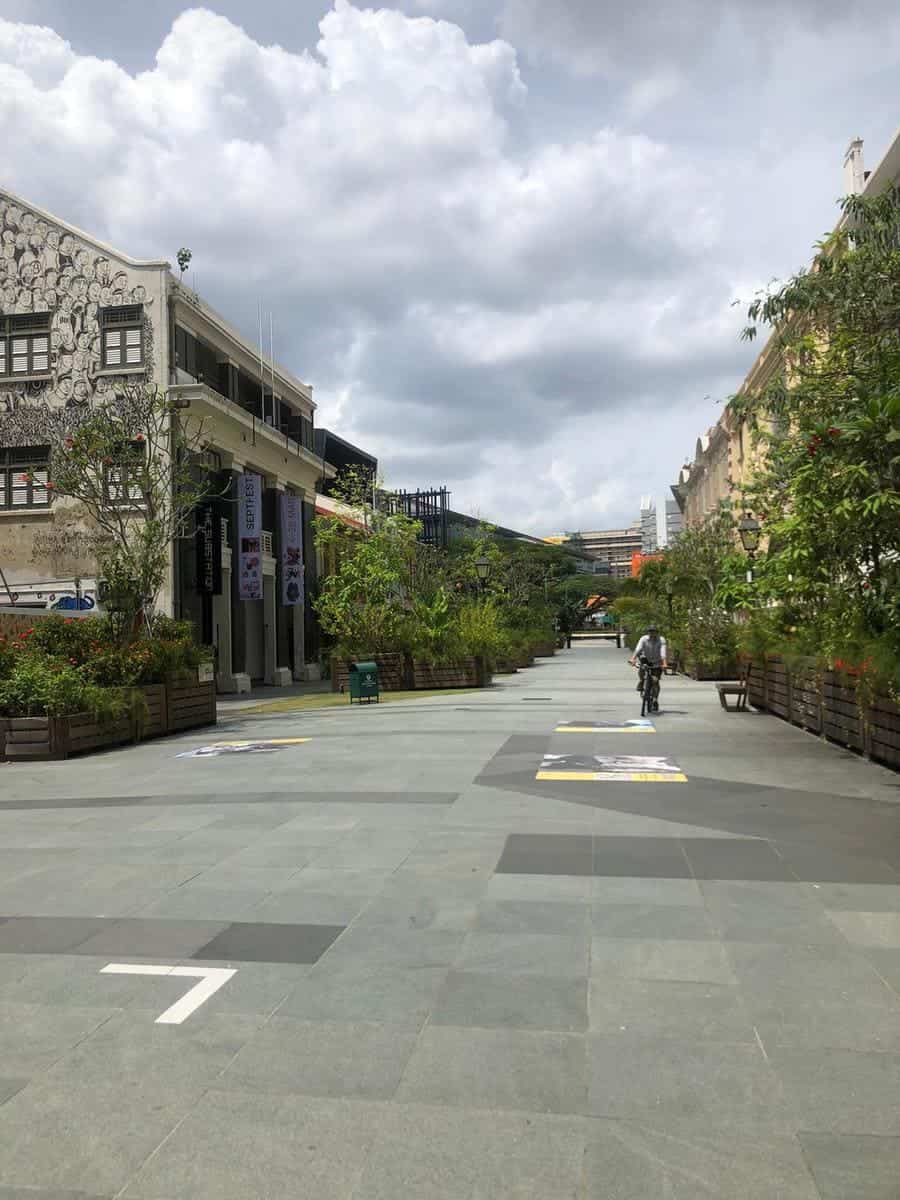
Similarly, images of Orang Asli line the walls of the exhibition gallery. They have no names, there is no apparent wall text explaining who they are and why they are there, and it is only after a conversation with the hapless gallery sitter (who was the unfortunate subject of my many prosaic questions) that I gather that they were images taken by Zai’s artistic collaborator, Ronnie Bahari during his periods of research:
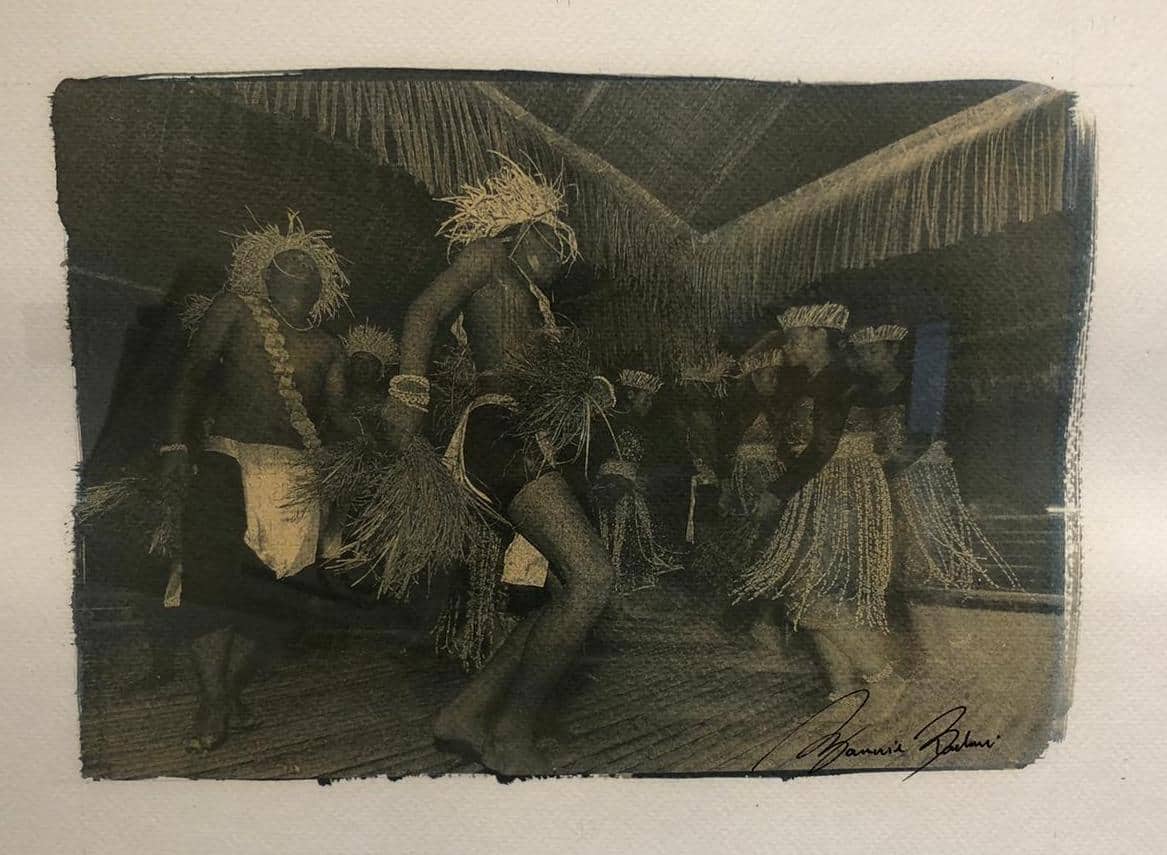
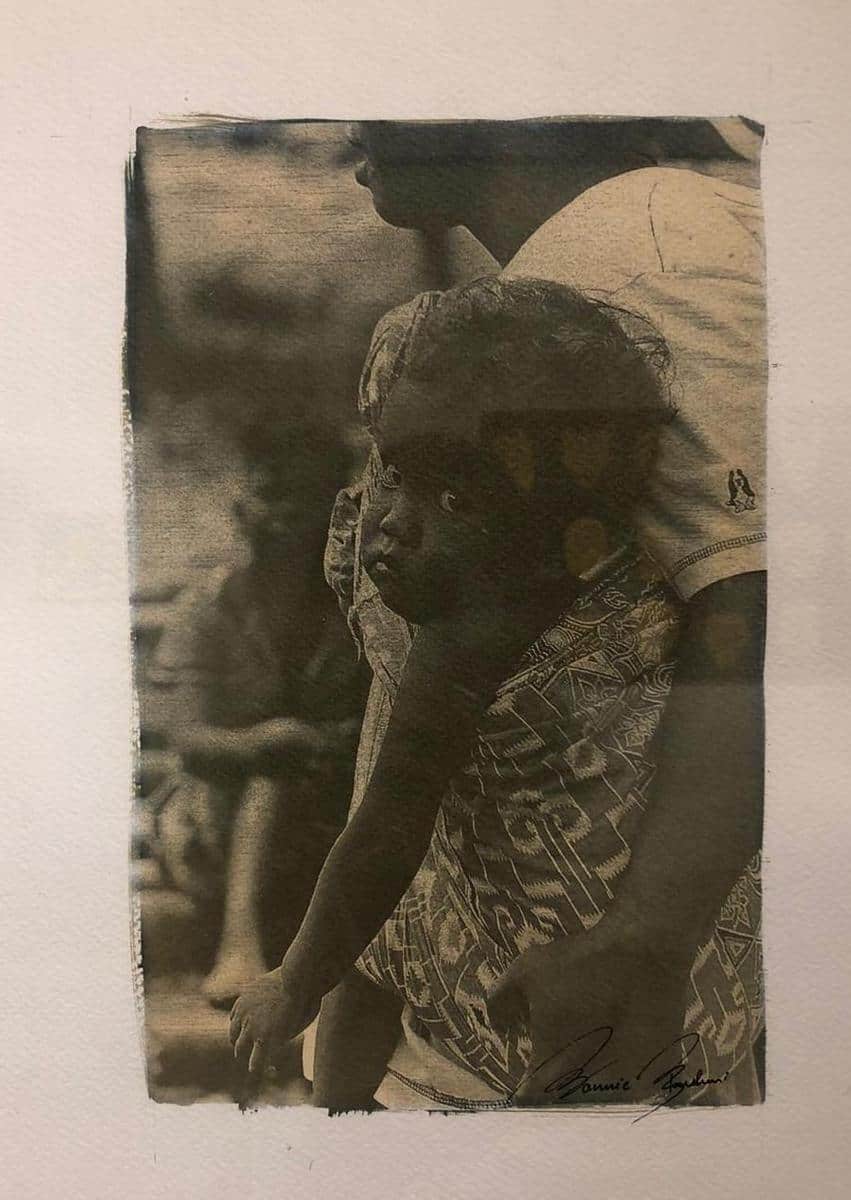
Perhaps the lack of obvious information was deliberate, to underscore the marginalisation of these communities under threat? Perhaps words simply cannot convey adequately, the damage that has been done to them and the extent to which they have been forgotten – grammar seems like an almost irrelevant detail in these circumstances.
I’m still not quite sure if this is a correct understanding of things, but hey, it’s The Sub man, it’s not the place where you go to be told things. You feel the art, make friends, and leave if not happy, content in the fact that there are other strange people out there who want to gather in a room to look at bits of hair on a mat.
It’s darkly fitting that one of The Sub’s final shows before its closure should deal with Zai’s research on a group of indigenous people so native to this region that their presence, according to some academics, can be traced as far back as 5,000 years.
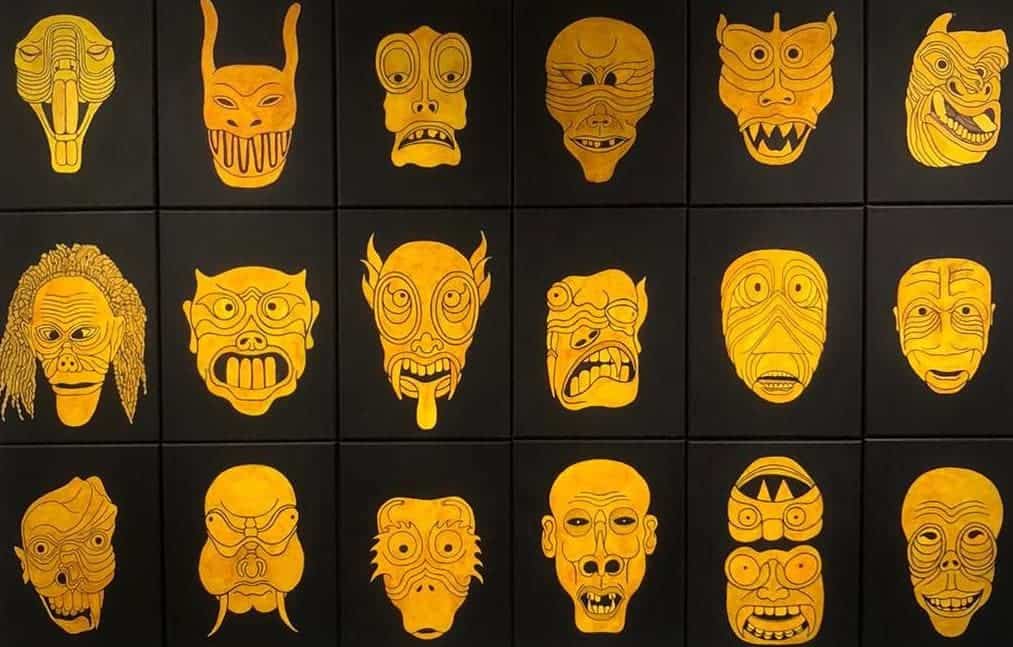
Regardless of their deep connection to the land, the Orang Asli now face threats in Malaysia, especially from the logging industry which destroys their homes. In Singapore, they have long vanished both physically, and as the artist contends, from history books as well. Tarmiji Masron, Fujimaki Masami and Norhasimah Ismail in their 2013 paper Orang Asli in Peninsular Malaysia: Population, Spatial Distribution and Socio-Economic Condition, explain that dispossession of land is the main challenge facing the Orang Asli in Peninsular Malaysia, as land is both the source of their livelihood and the embodiment of their cultural identity. They explain that “traditionally, the indigenous belief holds that land is not a product and consequently cannot be bought or sold. Rather land is on loan to the people from God and it is their responsibility to take care of it… land has spiritual and cultural values attached to it.”
While 30 years isn’t a patch on 5,000, it’s hard to look at works in Zai’s show without an impending sense of doom about the very closure of The Substation itself, Singapore’s longest-surviving experimental arts centre. To many, The Sub is a key part of Singapore’s artistic heritage, a native monument of-sorts in Armenian Street and a definitive placemaking marker in the area.
On the day I visit, the gallery is empty save for one other visitor and the feeling of loss is profound. I take a walk around the building and it looks sad and tired, especially with the detritus of the vacated Timbre space, a particularly dreadful eyesore when viewed next to the spanking new SMU Law school.
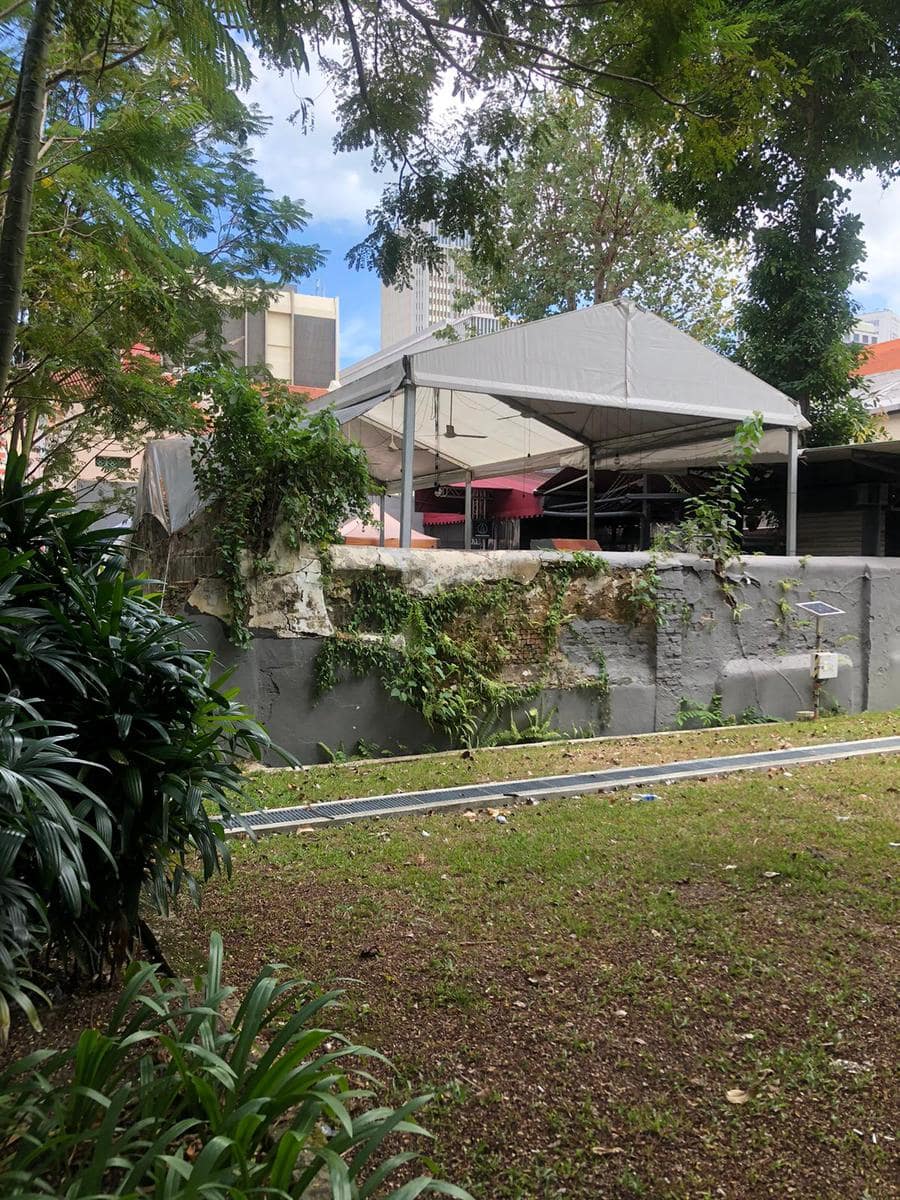
My next stop on this wander is The Sub’s offices where Board member Paul Khoo has agreed to sit down for a short chat. After a tense and somewhat hostile townhall session via Zoom on 6 March, where participants openly called for the Board to step down, disagreeing with its decision to close The Substation, Paul is cautious, but also determined to set the record straight on the challenges that the Board had faced during its tenure.
We talk through many issues, but the recurring theme of our chat is this: the Singapore community may support experimental and avant-garde art in theory, but it simply won’t fund it in any meaningful way. Paul points to The Sub’s publicly-available financial statements, drawing attention to a sizeable grant from the Lee Foundation which disappeared a few years ago.
While clearly vilified in some sectors, the experience and struggles of The Sub’s Board should not be ignored. They offer deep intel into the difficulties of running a large physical space for the experimental arts sector, and those who are quick to pooh-pooh its efforts might do well to remember that vision on hindsight is always 20-20.
So what went wrong?
Paul explains, “The real story here is that private funding went to hell. $75,000 (from the Lee Foundation) just walked out the door… it’s nothing personal, they supported us for decades… but foundations change philanthropical priorities. Once they left, the dollar-for-dollar Cultural Matching Fund payments that go along with them, went away too.”
“When our (general manager) first got the news, she thought it was a mistake because they have been so very consistent over the years.”
He explains then that it was difficult to raise alternative funding “to tune of what was essentially, $150,000.”
Other sponsorships and donations had petered off over the years, and he adds that the days of numerous single donors “just writing $10,000 cheques were over.”
He elaborates that the Substation had attempted to go after corporate donors and multinationals with an interest in the arts as a kind of strategic pivot, bringing on board appointees – both formally and informally – who were qualified to perform those functions. However, he admits that this was extremely difficult because the funding of spaces like The Substation bring with it “very little social capital, unlike say, going to something like the Wild Rice Ball.”
Entities that were approached for donations expressed some willingness to fund specific programmes, but these initiatives did not have traction, in spite of The Sub’s extensive marketing efforts.
“People may make sympathetic noises but they are just not that keen,” Paul adds, ruefully noting that places like The Sub are effectively in “competition” with “the best of the best” in terms of arts fundraising, citing Wild Rice and the Singapore Repertory Theatre as examples of such successful entities.
“The pool for corporate sponsorship is limited, and companies can be conservative,” he explains, “the few corporates who support the arts are well known to everyone and everyone chases them.”
Paul points to a wider trend in private funding of the arts, where statistics drawn from the latest Our SG Arts Plan reveal that government expenditure still appears to make up the bulk of arts support. He identifies figures on the Cultural Matching Fund (CMF) in the Plan, an initiative that sees dollar-for-dollar matching by the government on donations made by private entities, and suggests that this is one source from which private funding figures can be extrapolated– from FY 2014 to FY 2017, CMF figures (at page 113 of the Plan) are consistently far smaller than direct government spending on the arts and heritage sector.
In his view, there is a long way for Singapore to go, before private philanthropy in the arts meets the levels that are seen overseas. Paul also muses that in some ways, The Sub might have been a victim of its own success. He observes that the initial presence and association of seminal artist groups such as The Artist’s Village with the space, had dwindled over years, with “artists disappearing into the commercial ecosystem.”
To be clear, he emphasises that if this were the case, it would have been a good development for the artists concerned, a mark of financial success if they were eventually able to reach a more commercial mainstream audience.
What then is the way forward?
Paul is firm that the Board were not “shabby squanderers of public funds,” but that the problems faced by The Sub were emblematic of wider problems concerning public interest, education and involvement in the arts.
The diversification of revenue streams is a real concern for any kind of arts entity and in this vein, he defends the procurement of Timbre as a tenant in The Substation.
He says, “People felt very strongly about it, but I stress two points, first, it kept this institution going for almost a decade, and second, they actually do support the creative industries They hire musicians so let’s not paint them with the same brush as a KTV place or a fancy wine bar! They were great partners, very credible people.”
He also sympathises with the National Arts Council (NAC) in this entire kerfuffle.
“How can we complain about the NAC,” he asks, “they make fair points… and they have been our staunch supporters for years, just look at the numbers.”
“People like to spin it as an ‘us versus the NAC’ type of debate but there are bigger questions here on the State’s overall commitment and budget for the arts. The NAC has its own policy constraints, and these are a function of the allocation of city space to the arts. Why are they running their assets so hard? Is it because they are not being allocated more?”
Is private funding really the promised land?
This of course then begs the question of what private funding entails, whether it can step in to fill the gap, and why it is seen as the promised land that artistic entities should aspire towards? The glib answer in a Singaporean context is that it frees the entity concerned from the governmental control that a reliance on public funding necessarily entails. One might also make the argument that endorsement by the market through community funding, is also endorsement of the functions fulfilled by an arts organisation. Put another way, if you’re doing something that people value so much that they’re willing to back you with cold hard cash, well, then that just proves you’re on the right track. But ultimately, all funding – public or private – comes with a price. Whether one is oriented to the needs of the market, or engaging with donors, it is a rare case indeed that stakeholders part with cash if they do not see something in it for themselves.
From our personal experience as arts entrepreneurs, trade-offs are always necessary. As a young arts publication which has never relied on grants, there is a constant tension between keeping profitable and staying ‘true to the cause.’ While we are obviously leagues away from The Sub in terms of historical value, some of the same issues abound – that of survival and the ability to sustain our ecosystem of writers, web developers, designers, editors and artists. It’s an uphill task and a problem faced by all arts entities, large or small. Ultimately, it’s about believing in your mission and doing whatever it takes to keep afloat. And if your targeted community isn’t quite on board with what you want to do – well, you think about why that’s the case, do what you can to create the change you want to see, and most importantly stay alive so you can see that change come to fruition.
As I type these concluding words, there are already rumours swirling around about a new Substation board being appointed, and of different iterations of The Sub 2.0 – one that emerges bloodied from this altercation but unbowed.
The community action that has resulted from the demise of The Substation is oddly resonant with Mak Uda’s tikar, which – if you recall – we met at the start of our sojourn into The Sub. In explaining the tikar’s connection to the Mengkuang plant, Zai talks about a new understanding of the Orang Asli weaver’s sense of time, one that cannot be forced and is dependent on the natural maturation of the plant. He explains that in the final balance, “Everything is dependent on the plant. Time is taken for it to mature, to harvest the leaves, dry them and to flatten them for weaving. It is important to wait for the right time for each step to take place. Art seems to take second place as the life of the Mengkuang plant is the primary source of everything, just like the breath of life itself. Without it nothing can be created.”
Just as the passage of time has given us in Singapore a new realisation of the fragility of our arts spaces, perhaps the opportunity has arrived for the community to start weaving together a fresh narrative for The Substation, one that reflects its heritage over the years and which also involves genuine and substantial community buy-in. It may be a lofty and naïve goal for an experimental arts centre, but in the end, it is likely to be the only way to raise the financial support needed to take it forward in a meaningful and sustainable way.
_______________________________
While the National Arts Council’s plans to take back The Substation building in July have not changed, The Substation is currently inviting proposals from the arts community on how it might continue in a different form. If you would like to submit a proposal, please refer to The Substation’s Facebook post for more details.






